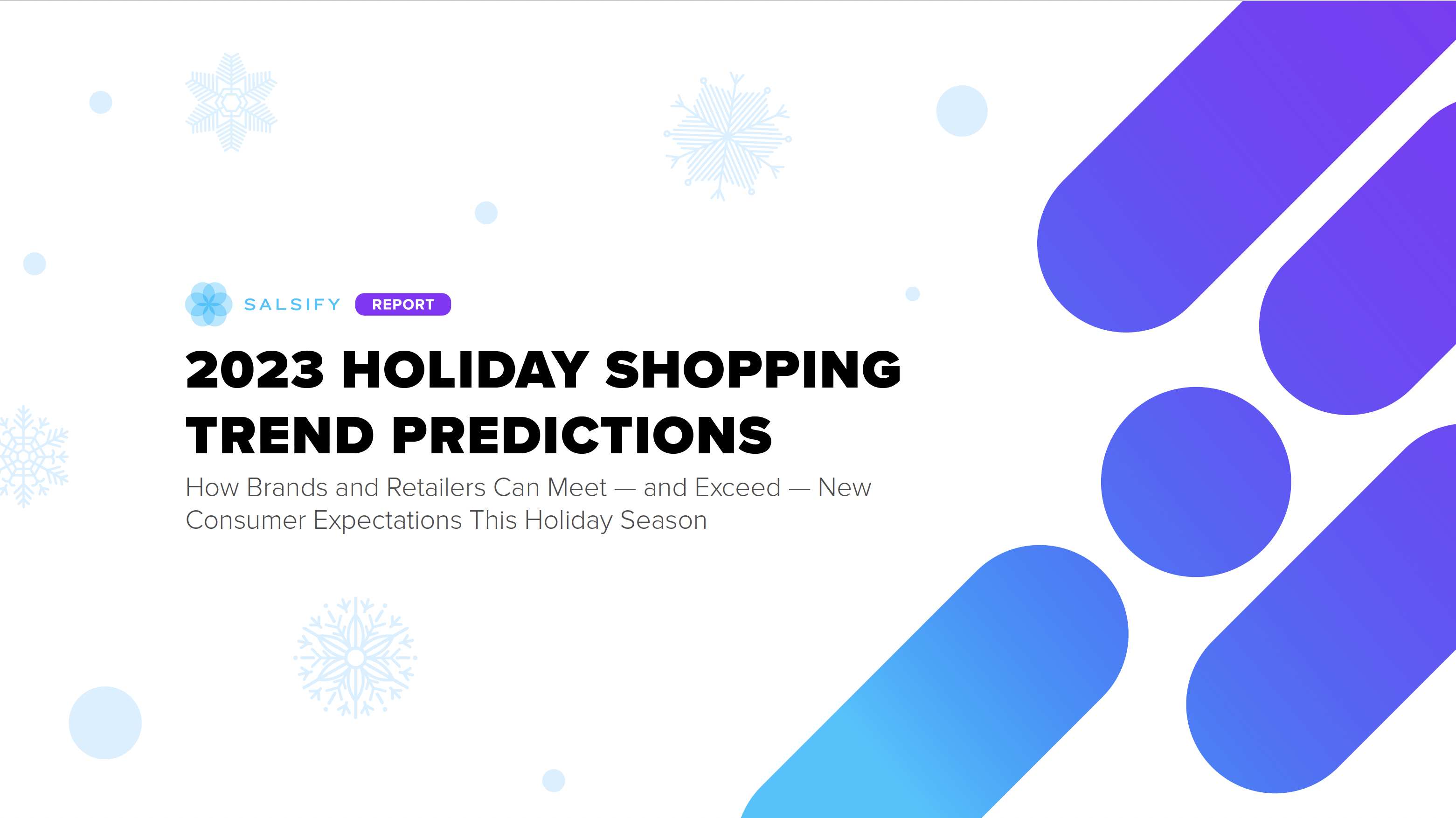From upgrading living spaces — ranging from sensible to lavish — to improving comfort or aesthetics (or both), home improvement brands will always have a steady stream of consumers clamoring for the latest and greatest products.
As a result, home improvement brands are sitting pretty. To remain so, however, brands need to adjust to current ecommerce home improvement trends.
According to home improvement supplier Kitchen Infinity, Google searches for home remodeling have more than doubled in the last few years — and experts expect these trends to continue.
But what’s the catch?
As shopping continues to move between brick-and-mortar stores and online offerings, home improvement brands need a way to capitalize on the omnichannel commerce movement and capitalize on ecommerce home improvement trends.
In this post, you’ll learn about three of the top trends for home improvement ecommerce — and how the right online strategy can help build better brands.
Want To Build Your Brand? Don’t Be Nailed Down
There’s no doubt that the home improvement market is on the rise. Data from Statista estimates the global home improvement market to be worth $866 billion in 2023.
Companies can’t simply hammer away at the same selling strategy if they want to see reliable results that keep up with the growing demand in the industry.
For home improvement brands, the message is clear: Flexibility is essential if you want to succeed in the unpredictable world of post-pandemic ecommerce.
Here are three trends to watch as this market evolves.
1. Measure and Maximize Mobile Impact
Mobile makes the difference when it comes to effective home improvement ecommerce.
As Retail Dive reports, consumer downloads of mobile apps from popular home improvement suppliers such as The Home Depot, Lowe’s, and Menards hit record highs in the last several years, and downloads of mobile tools like Room Planner were up more than 200%.
As a result, it’s critical for companies to have mobile apps that not only live up to consumer expectations but also handle the sheer volume of searches and transactions.
Here’s why: just over half of consumers will abandon sites if mobile loading takes longer than three seconds or mobile pages are hard to navigate. Slow load times lead to bounce rates that are consistently higher than their desktop counterparts.
For home improvement brands to succeed in this mobile-first market, it’s critical to design and deploy apps that are responsive, reliable, and quick, as well as naturally integrated into omnichannel customer experiences.
Potential buyers should be able to pick up where they left off on desktop devices or get in touch with customer service agents directly without having to restart their entire purchasing experience from scratch.
2. Power Up Personalized Experiences
Ecommerce home improvement trends also include the prioritization of personal experiences. According to Accenture, 75% of consumers prefer brands that offer personalized online experiences.
For home improvement ecommerce, this speaks to the need for intelligent personalization.
Given the sheer number of faucets, toilets, and kitchen cabinets available, it’s easy for consumers to get overwhelmed by the variety and feel unsure of what differentiates one brand or style from the next.
By deploying intelligent and adaptable artificial intelligence (AI) tools across ecommerce sites, however, it’s possible to help prospective customers zero in on what they want and streamline the sales process.
3. Lay the Framework for Flexible Shopping
Customers want flexible shopping options, such as buy online, pickup in store (BOPIS) to speedy and cost-effective last-mile shipping.
An overall impact to consider: the pace of physical to digital transition has accelerated by approximately five years, according to experts.
For home improvement brands to succeed in this new market, flexible shopping is a must. Your brand should offer a variety of shipping and pickup options as well as integrate real-time supply and inventory monitoring.
This will help keep customers in the loop and notify them of potential delays tied to ongoing shipping and logistics challenges.
In practice, this means deploying tools capable of collecting, curating, and collating inventory data to provide on-demand insight for staff and consumers alike.
Take a Constructive Approach to Ecommerce Trends
As online growth for home improvement brands continues, a constructive approach is critical. Prioritize digital sales and maximize your brand’s potential by keeping up with ecommerce home improvement trends and implementing recommendations.



.svg)